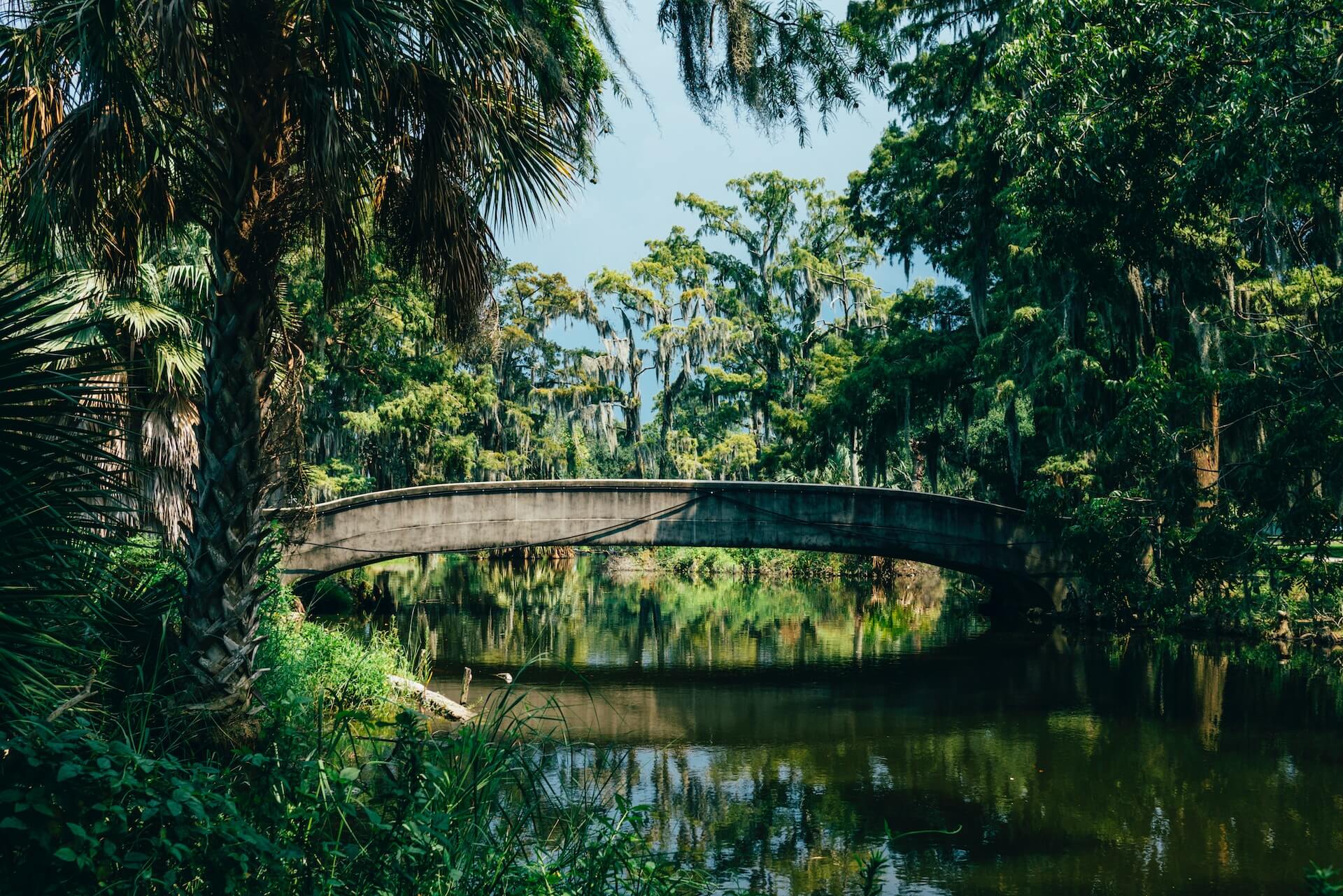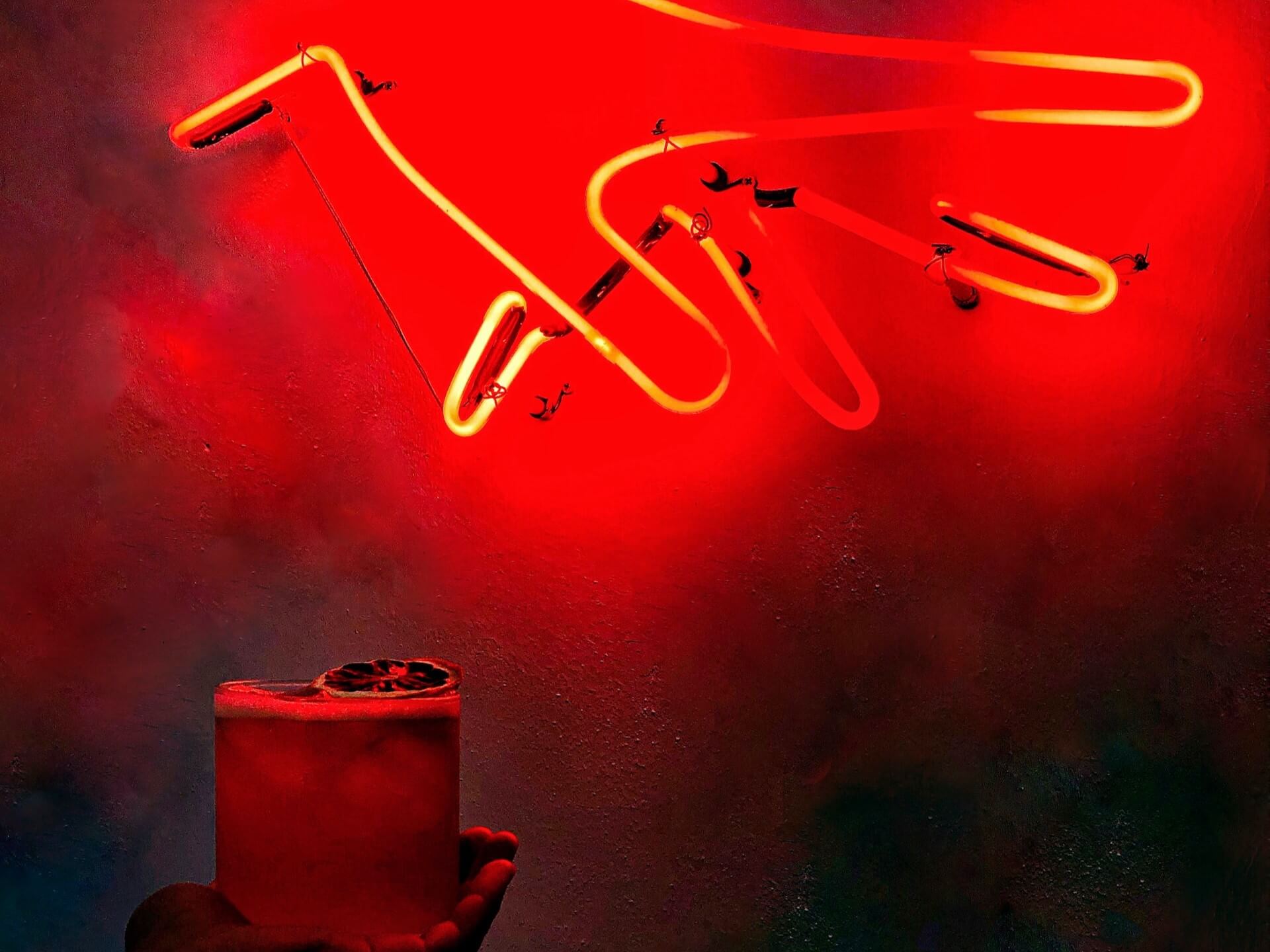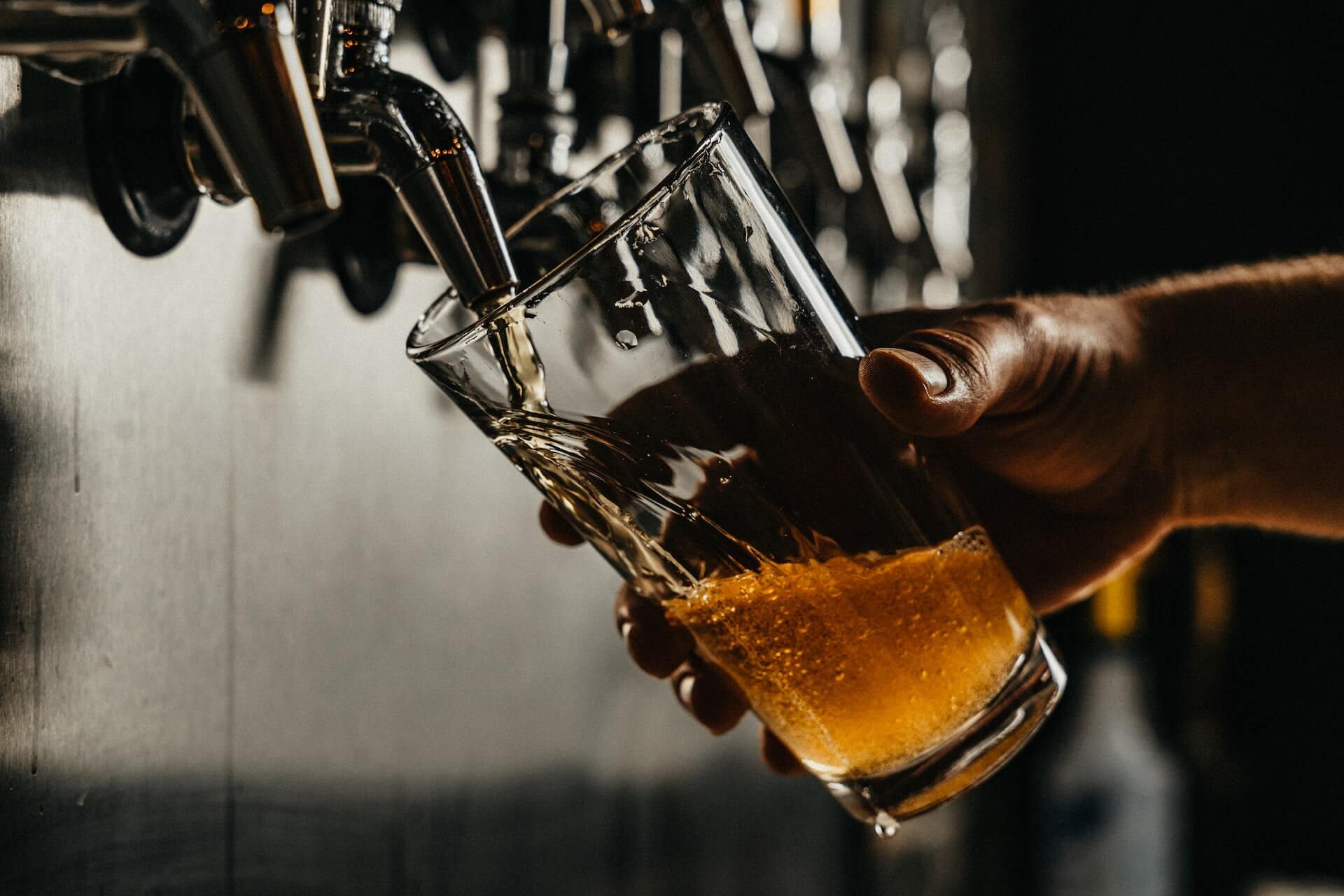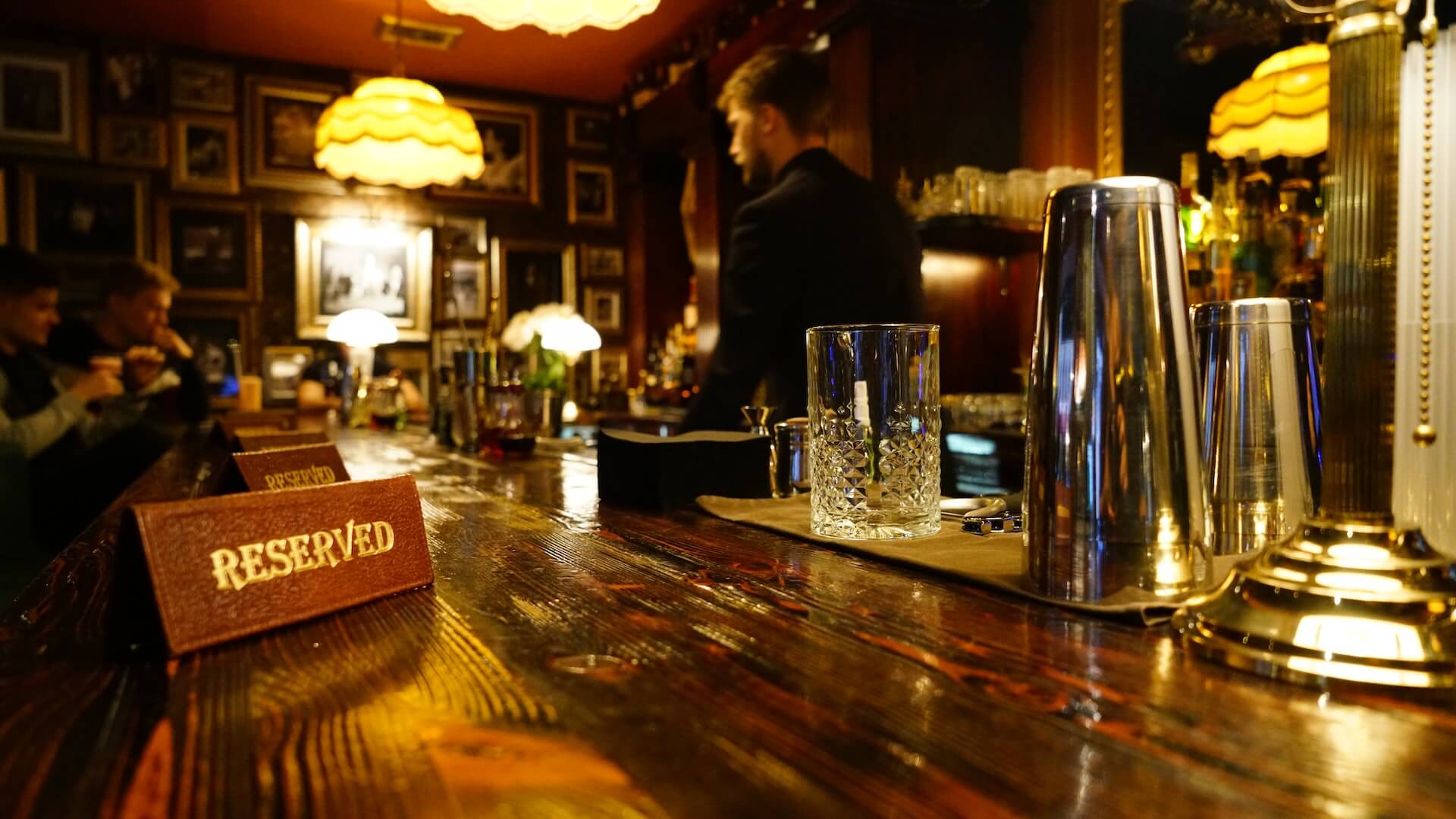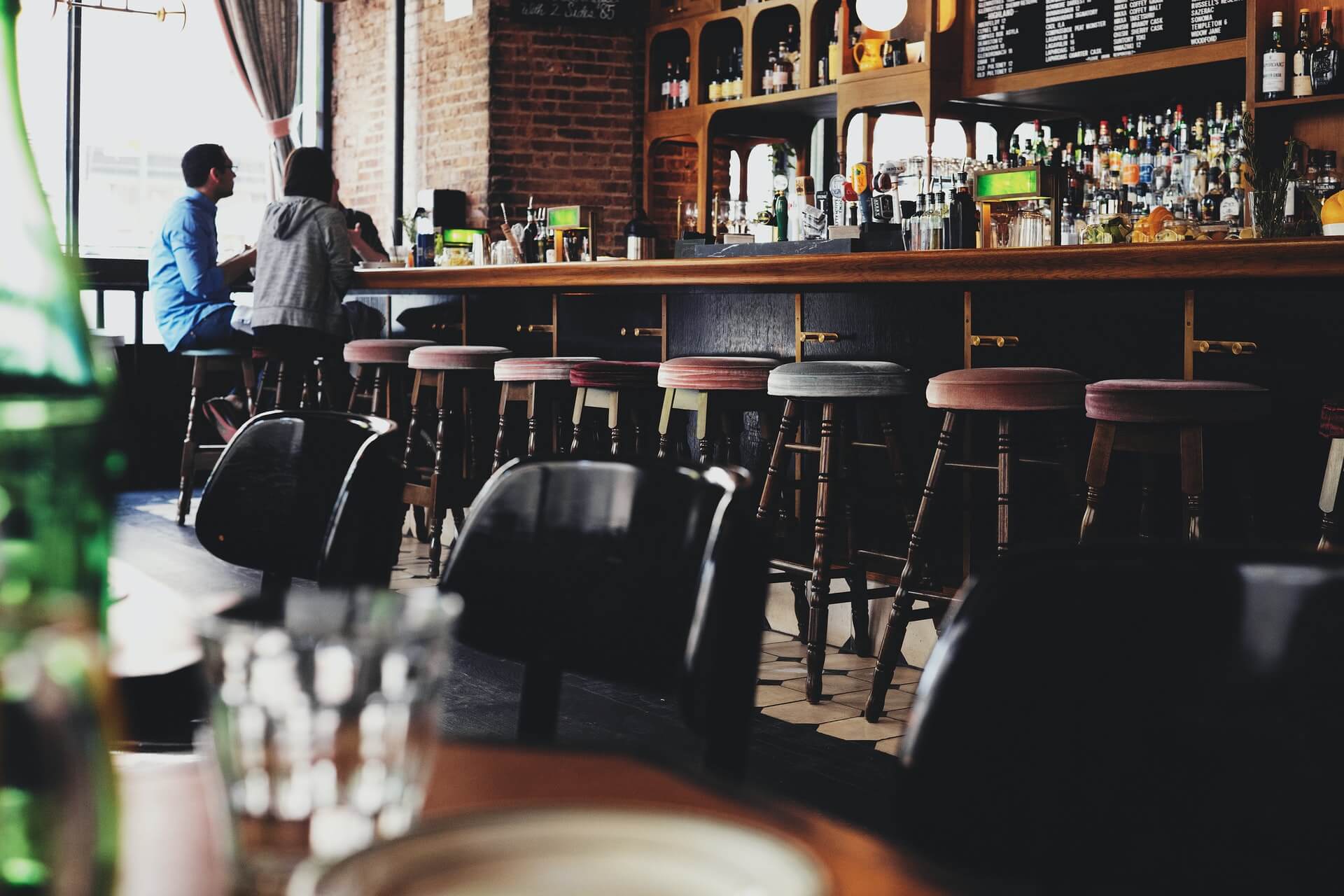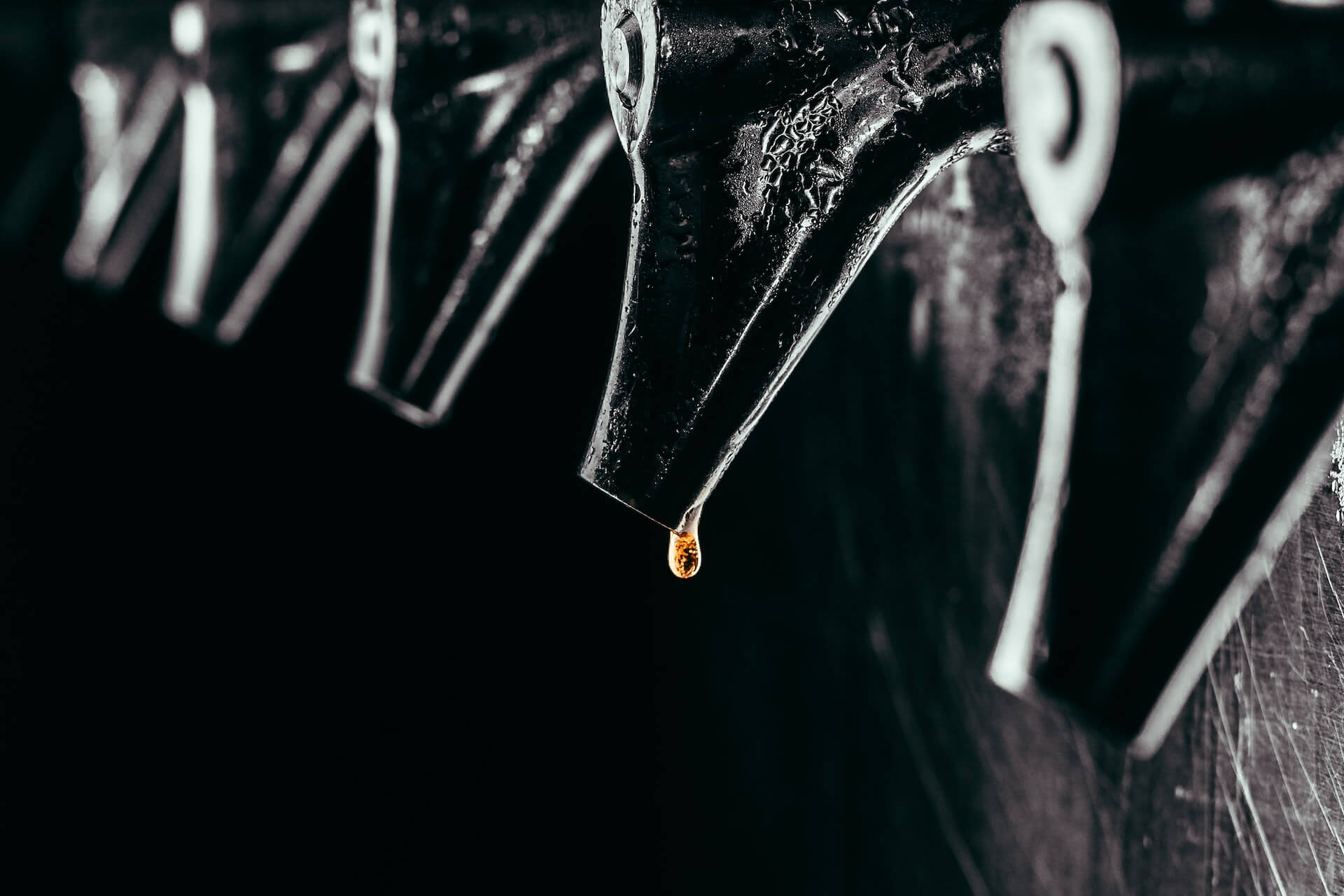KRG Hospitality’s Top Bourbon Articles
by David Klemt
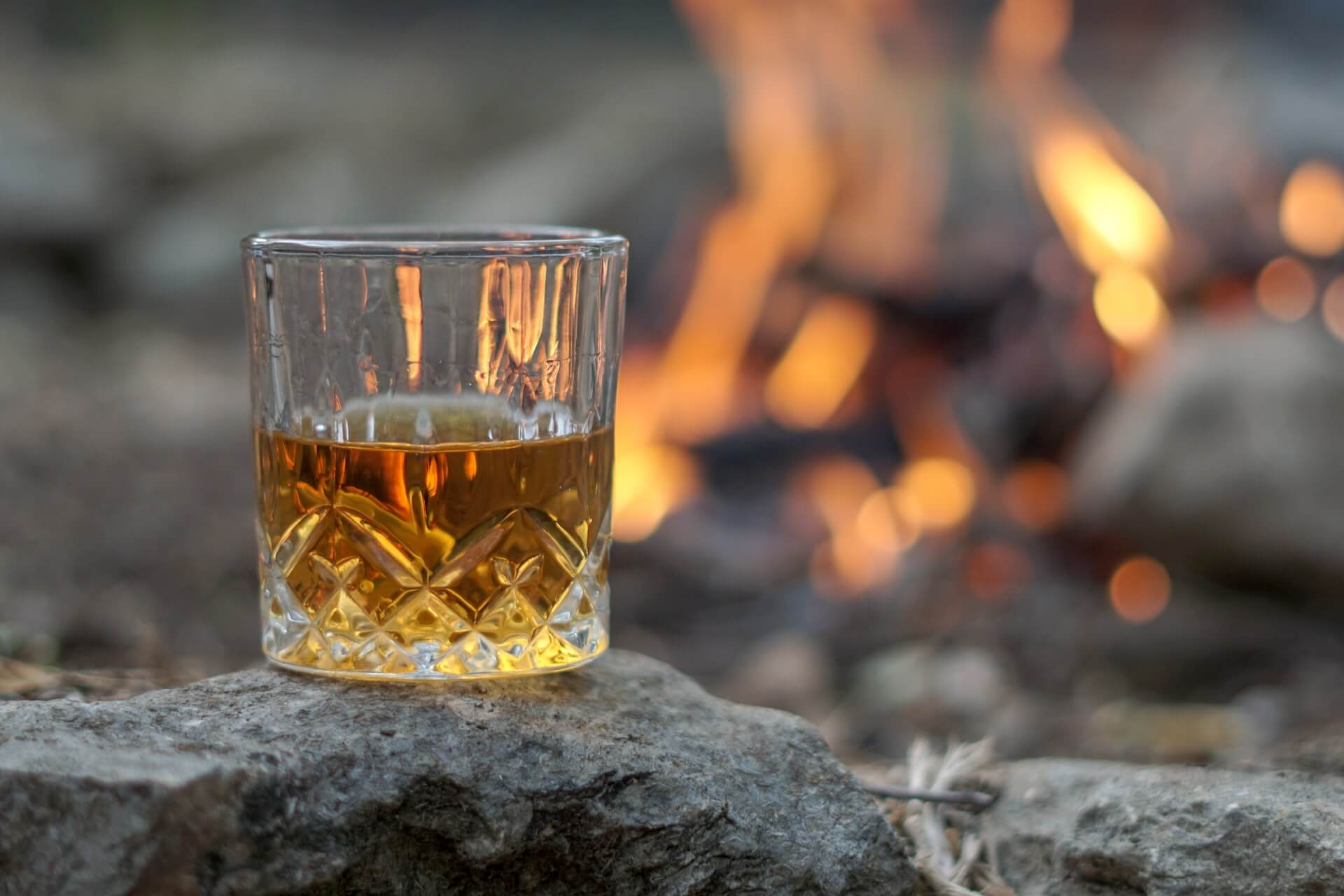
To inspire and help you program for National Bourbon Heritage Month, enjoy this roundup of our top bourbon articles.
For bourbon lovers specifically and those who appreciate whiskey in general, this is an exciting month. You can leverage that excitement throughout the month of September.
From limited time offers to pour specials and offering guests to try new bottles, National Bourbon Heritage Month is perfect for becoming a person’s go-to bourbon bar. Our resources below will help you achieve that status.
Cheers!
9 Bottles for Bourbon Heritage Month
Nine awesome bottles in three separate pricing categories. Here you’ll find bottles that retail for less than $25, several under $100, and a few that cost up to $150. Click here to read.
The 30 Days of Bourbon Challenge
In 2011, bourbon devotee and advocate Patrick Garrett founded Bourbon & Banter “to spread the Bourbon Gospel.” One way they accomplish this mission is through 30 Days of Bourbon. This challenge is simple but intriguing: Try a different bourbon every day in September. Click here to learn more.
National Bourbon Day: 2022 Trends
The history and heritage of bourbon is important. As America’s native spirit, bourbon’s history is particularly important to the nation. However, innovation and trends are crucial to the future of bourbon. In this article we examine four important 2022 bourbon trends. Click here to read.
7 Whiskeys for National Bourbon Day
Before we celebrate National Bourbon Heritage Month each year we celebrate National Bourbon Day. It’s always fun to see what new and exciting bottles are available, like these seven bottles from 2021. Click here.
8 Bottles for Bourbon Day
Of course, we’re celebrating National Bourbon Heritage Month 2022 this year. So, here are eight bottles worth checking out and adding to your inventory. Click here to review these bottles.
8 Bourbon Cocktails You Need to Know
Contrary to what some purists will tell you (whether you ask them or not), bourbon is great in a cocktail. From the ubiqutious Old Fashioned to the modern classic Billionaire, this article dives into eight bourbon cocktails you and your bar team need to know. And, of course, they’re perfect for National Bourbon Heritage Month limited time only menu. Click here to learn more.
7 Great Books About Bourbon
Sure, it’s awesome to enjoy a bourbon with friends. But what about pouring a dram of your favorite bourbon while reading about bourbon? Grab one or more of these books, pair them with a beautiful bourbon, and start expanding your whiskey knowledge today. Click here for our book recommendations.
Rabbit Hole Resources: Bourbon 101
When it comes to learning about a particular spirit, those producing them tend to know the most. So, seeking education straight from the source is a smart move. Rabbit Hole is creating, curating, and growing free bourbon resources. Have a question? They’ve got the answers, and then some. Click here.
Image: Thomas Park on Unsplash



